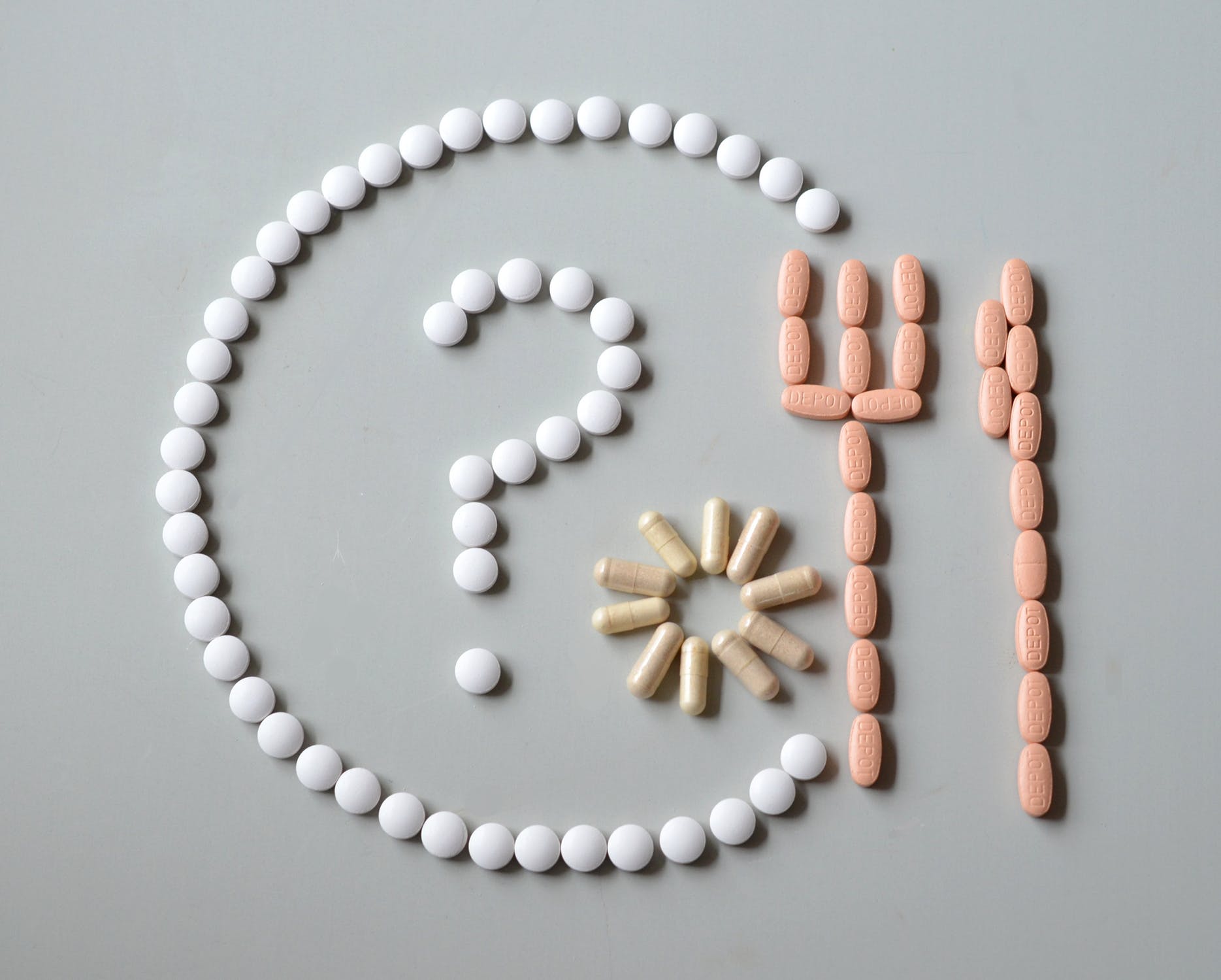Comments (2)
Gabe Reissman
We need to know what we are taking to heal our body.
Ashley Whitehead
Definitely agree with you

Package insert is a document included in the package of a medication that provides information about that drug and its use. For prescription medications, the insert is technical, and provides information for medical professionals about how to prescribe the drug. Package inserts for prescription drugs often include a separate document called a "patient package insert" with information written in plain language intended for the end-user -- the person who will take the drug or give the drug to another person, for example a minor. Inserts for over-the-counter medications are also written plainly.
In the US the document is called "prescribing information" or the "package insert" (PI) and layperson's document is called the patient package insert (PPI). In Europe the technical document is called the "summary of product characteristics" (SmPC) and the document for end-users is called the "patient information leaflet" (PIL) or "package leaflet".
Given the confusion about 1)which digital health product to prescribe for any given patient, 2) the fact that many products are actually consumer products designated to provide information and education, not diagnosis or treatment, and 3) most are not clinically validated or cost-effective, perhaps its time to require package inserts for the prescriber and the patients.
What is in a package insert is described and required by the FDA and includes:
Of course, there would need to be some modifications, like:
One thing that will not be in the insert will be what all this costs to you or someone else who has to pay for it.
At this point you are probably thinking, "We have enough regulations and we love our APPs. So what if they don't make us any better." Go shove your insert. Next you'll be telling us it has to have all that cotton in the bottle too.
Arlen Meyers, MD, MBA is the President and CEO of the Society of Physician Entrepreneurs on Twitter@ArlenMD and Co-editor of Digital Health Entrepreneurship.
We need to know what we are taking to heal our body.
Definitely agree with you
Arlen Meyers, MD, MBA is a professor emeritus of otolaryngology, dentistry, and engineering at the University of Colorado School of Medicine and the Colorado School of Public Health and President and CEO of the Society of Physician Entrepreneurs at www.sopenet.org. He has created several medical device and digital health companies. His primary research centers around biomedical and health innovation and entrepreneurship and life science technology commercialization. He consults for and speaks to companies, governments, colleges and universities around the world who need his expertise and contacts in the areas of bio entrepreneurship, bioscience, healthcare, healthcare IT, medical tourism -- nationally and internationally, new product development, product design, and financing new ventures. He is a former Harvard-Macy fellow and In 2010, he completed a Fulbright at Kings Business, the commercialization office of technology transfer at Kings College in London. He recently published "Building the Case for Biotechnology." "Optical Detection of Cancer", and " The Life Science Innovation Roadmap". He is also an associate editor of the Journal of Commercial Biotechnology and Technology Transfer and Entrepreneurship and Editor-in-Chief of Medscape. In addition, He is a faculty member at the University of Colorado Denver Graduate School where he teaches Biomedical Entrepreneurship and is an iCorps participant, trainer and industry mentor. He is the Chief Medical Officer at www.bridgehealth.com and www.cliexa.com and Chairman of the Board at GlobalMindED at www.globalminded.org, a non-profit at risk student success network. He is honored to be named by Modern Healthcare as one of the 50 Most Influential Physician Executives of 2011 and nominated in 2012 and Best Doctors 2013.
Leave your comments
Post comment as a guest